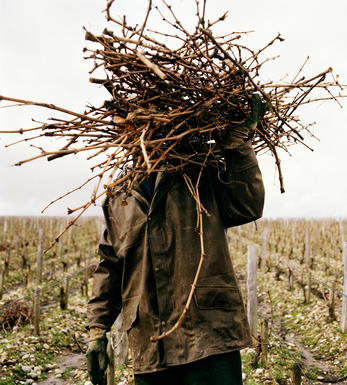
About this WINE

Chateau Feytit-Clinet
Situated on the western part of the plateau in the Pomerol wine appellation in Bordeaux, Château Feytit-Clinet belonged to the stable of Moueix family wines until 1999.
Jeremy Chasseuil arrived at Château Feytit-Clinet in time for the stunning 2000 vintage. Previously a wine-maker at Château La Dominique, his efforts since have resulted in some very impressive wines.
Soils here are rich in clay which favours the Merlot grape rather than the Cabernets, and Jeremy has exploited them perfectly to produce succulent wines, never over-extracted, and full of charm and distinction.

Cabernet Sauvignon Blend
Cabernet Sauvignon lends itself particularly well in blends with Merlot. This is actually the archetypal Bordeaux blend, though in different proportions in the sub-regions and sometimes topped up with Cabernet Franc, Malbec, and Petit Verdot.
In the Médoc and Graves the percentage of Cabernet Sauvignon in the blend can range from 95% (Mouton-Rothschild) to as low as 40%. It is particularly suited to the dry, warm, free- draining, gravel-rich soils and is responsible for the redolent cassis characteristics as well as the depth of colour, tannic structure and pronounced acidity of Médoc wines. However 100% Cabernet Sauvignon wines can be slightly hollow-tasting in the middle palate and Merlot with its generous, fleshy fruit flavours acts as a perfect foil by filling in this cavity.
In St-Emilion and Pomerol, the blends are Merlot dominated as Cabernet Sauvignon can struggle to ripen there - when it is included, it adds structure and body to the wine. Sassicaia is the most famous Bordeaux blend in Italy and has spawned many imitations, whereby the blend is now firmly established in the New World and particularly in California and Australia.



Buying options
Add to wishlist
wine at a glance
Delivery and quality guarantee